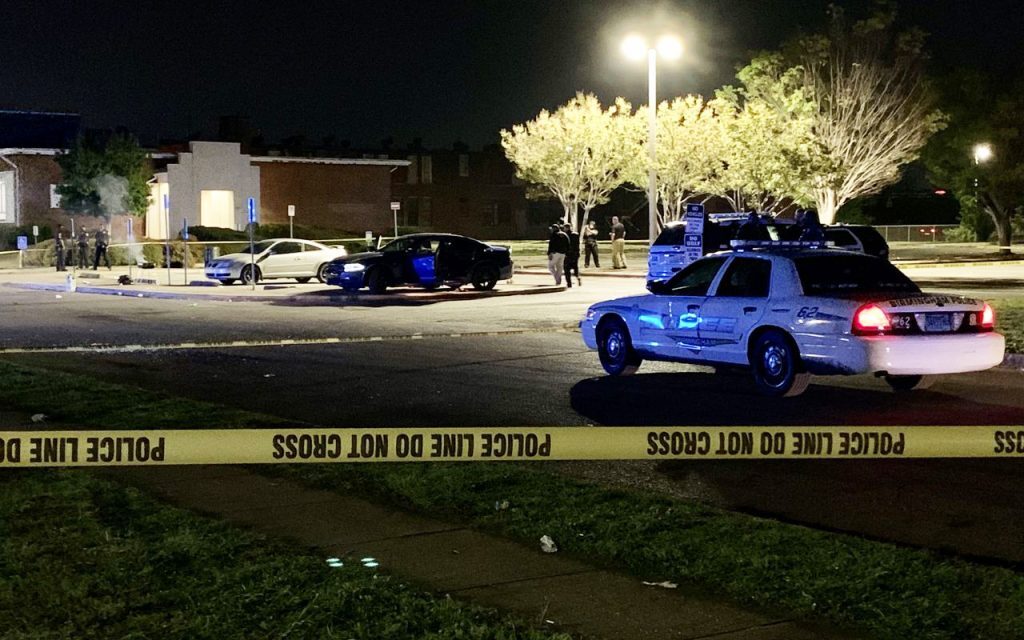By Ashley Remkus and Ramsey Archibald
The church shooting in Vestavia Hills is the latest instance of increasing gun violence in Alabama, already one of the most violent states in America.
But unlike other recent high-profile massacres nationally in Uvalde and Buffalo, the violence in Vestavia Hills is not technically considered a mass shooting – a term typically used to refer to shootings with four or more victims. Still, the shooting has rocked the community in the suburb outside Birmingham.
“When we hear about shootings in schools, churches, grocery stores, that does send shockwaves across the citizens,” said Mark Kaplan, professor of social welfare at the UCLA Luskin School of Public Affairs.
Police say a 70-year-old man started shooting during a church potluck, killing 84-year-old Walter “Bart” Rainey, 84-year-old Jane Pounds and 75-year-old Sarah Yeager. Police have not identified the suspect as of Friday afternoon.
While the government does not define a mass shooting and there is no single, universally agreed-upon definition, many researchers define the term as one shooting in which four or more people are injured.
So does the Gun Violence Archive, a nonprofit research group that tracks gun violence across the nation.
The GVA lists 95 mass shootings in Alabama between 2014 and the first half of 2022. They include:
- A family massacre at a home in rural Limestone County.
- A workplace shooting at a plant in Albertville.
- A deadly fight at a bowling alley in Montgomery.
- Gunfire during an Easter celebration in a Birmingham park.
- A fight that ended with shots fired at a high school football game in Mobile.
The deadliest mass shooting in Alabama in recent years happened in Morgan County, in north Alabama, when seven people — including a 17-year-old girl — were killed in 2020. Two young members of a local motorcycle club called the “7 Deadly Sins” went to a home in Valhermoso Springs to kill the club’s enforcer after the man allegedly stole weapons and committed crimes the club had not sanctioned, according to court testimony. An FBI agent testified that the shooters killed five of the victims because of their association with the club and shot the other two because they did not want to leave witnesses.
Two other mass shootings — one in 2016 in Citronelle and the 2019 massacre in Elkmont — claimed five lives each.
In May of 2017, 12 people suffered injuries in a mass shooting in Phenix City. Though none of the victims died, it was the highest number of injuries in a mass shooting in the state in recent years.
So far in 2022, there have been seven mass shootings in Alabama, involving 35 total victims, but only four of those died, according to GVA data.
Similarly, mass shootings have increased throughout the nation since 2014. There were 272 mass shootings in the United States that year, compared to 692 in 2021, according to GVA data.
And the overall rate of homicides and gun deaths in Alabama also is increasing.
Alabama ranks third in the nation in the rate of homicides per capita and fifth in the rate of gun deaths per capita, according to CDC data from 2020, the most recent year for which the figures are available.
The homicide rate in Alabama rose from 8.1 per 100,000 people in 2014 to 14.2 per 100,000 in 2020, a 75% increase in six years. The homicide rate includes fatal shootings as well as deaths by other weapons, though guns are used far more often than other weapons.
Nationally, the number of deaths by firearm increased from 16.9 per 100,000 in 2014 to 23.6 in 2020, a 40% increase during that time, according to the CDC. Deaths by firearm include homicides, suicides and accidental shootings.











